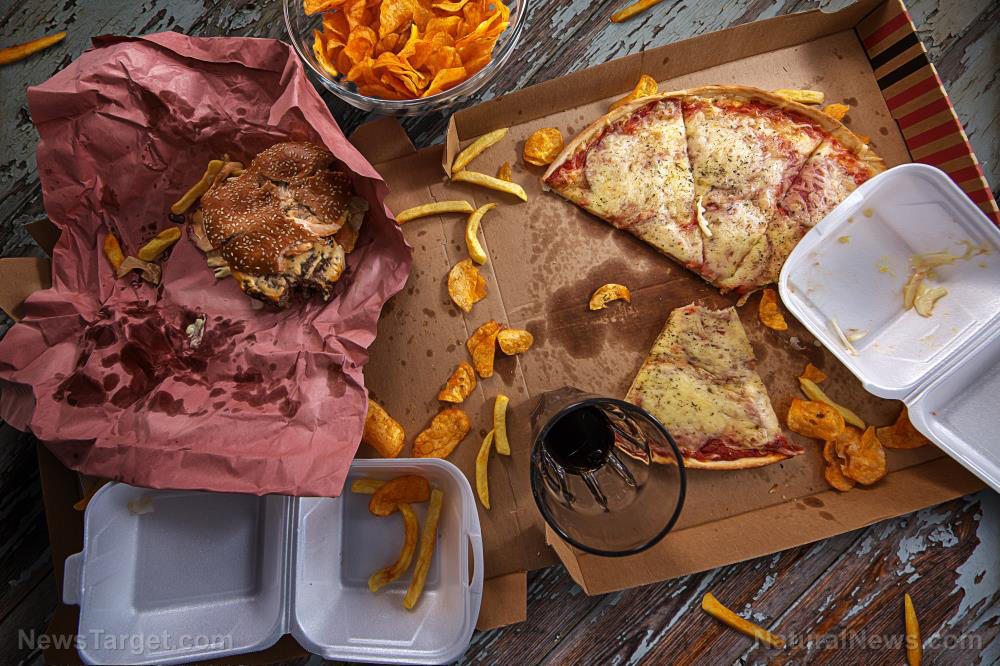
The way appliances, the sofa, and other items at home are positioned plays a big role in making us lose or gain weight. Take it from global obesity expert Dr Brian Wansink, author of the book Slim by Design: Mindless Eating Solutions for Everyday Life.
"It’s easy for our environment to influence us without us knowing it. We can make subtle changes to our homes to make this work in our favor and encourage healthier habits," he says.
Here's how:
- In the kitchen -- Out of sight, out of mind. Wansink advises keeping unhealthy food in non-transparent containers where you can't see it. Put healthy choices like vegetables in transparent food keepers. Cover leftover greens in cling film and yesterday's chocolate cake in foil. Use smaller containers or individual portion sizes and avoid overeating. Opening a second portion serves as a break switch. Besides, research shows people are usually happy with less. Dr Laura McGowan, a chartered psychologist who specializes in adult food choices at Queen’s University Belfast suggests moving the jar of sweets to the back of the cupboard and making the fruit bowl more visible instead.
- The fridge -- McGowan also recommends writing your health plans down. Do you want to hit the gym? Write down where, how, and how often you plan to do it on a piece of paper and post it on the fridge. You can also make a list of available grocery service online, since the Net usually offers healthier choices. Miriam Mullard, a state-registered dietitian and British Dietetic Association spokesperson says buying online makes people purchase less high-fat food. This also encourages meal planning, which, in turn leads to a healthier lifestyle.
- The dining area -- Wansink’s team found that those who ate off plates with a diameter of eight-and-a-half to nine-and-a-half inches consumed around 22 percent less food than those who used larger plates. But they went back for seconds when the researchers gave them much smaller plates. Wansink advises using plates whose color differs from that of the food being served. For instance, putting rice on a white plate made people eat 20 percent more. The food expert thinks rice and other white foods served on darker plates and darker foods on lighter plates could make people eat less. As for drinking glasses, MacGowan discovered that long and tall ones make people drink less. She explains that people were tricked into believing that tall, narrow glasses contain more liquid. So they drink less as compared to people who used fat tumblers. Music also plays a major role in controlling eating habits. Wansink 's team found that fast food customers who listened to soft jazz ate 18 percent less than those who heard `70s rock and roll. Louder, faster music, he says, speeds up eating. Mellow music, therefore, promotes healthier, leisurely eating. Wansink also advises medium lighting in the dining room. He found out that people who used bright fluorescent lights or ate with dark lights on tended to eat more.
- The sitting room -- Wansink says putting side tables elsewhere establishes a food-free zone. A study involving secretaries showed that moving the sweets bowl six feet away reduced the consumption of sweets from nine to four a day. Turning the television off while you eat also discourages eating. Watching TV while eating, observes Wansink, makes us pace ourselves in accordance with the show. Tense and fast episodes make us gain more weight. It also makes us lose track of the amount of food we eat. The telly also promotes "eating scripts": turning the TV on, getting a snack, and returning to the sofa.
- The bedroom and bathroom -- Try putting your gym clothes and dumbbells beside your bed, and having a weighing scale in the bathroom. This will make you more weight conscious.
Our home can be a haven, not just from the stress of daily life, but from the dangers of unhealthy habits. Let's make each part of the home our ally in leading a lifestyle. This way, it will truly be the castle we want it to be.
Read Slender.news for more tips on staying fit and trim.
Sources include:
Please contact us for more information.























